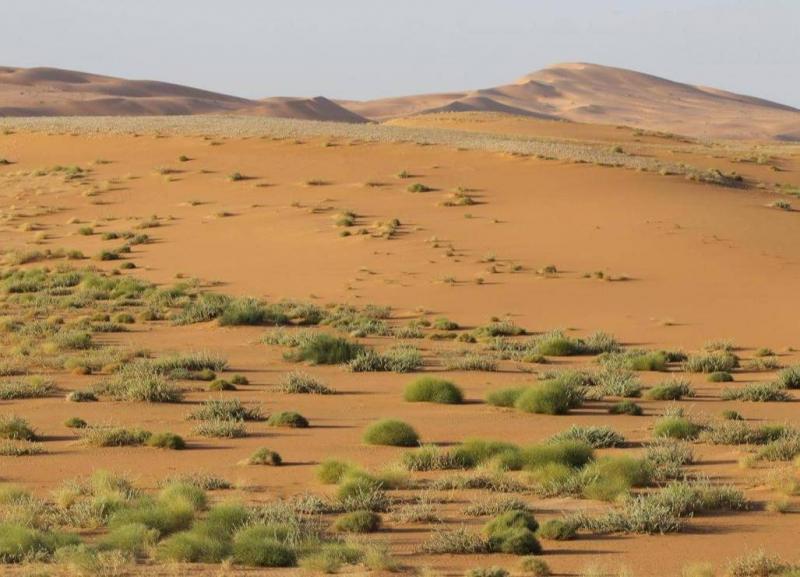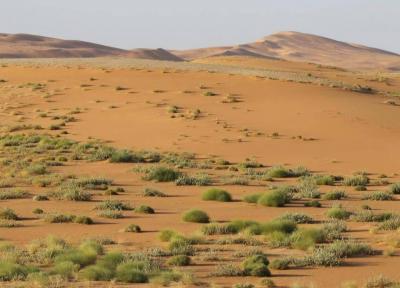Saudi Minister of Culture, Badr bin Abdullah bin Farhan, announced the successful registration of the "Uruq Bani Ma'arid" reserve on the World Heritage List of the United Nations Educational, Scientific and Cultural Organization (UNESCO), marking it as the first natural World Heritage site in the Kingdom. This achievement is part of the Kingdom's ongoing efforts to protect and preserve its natural ecological systems and cultural heritage. The decision to register was made during the 45th annual session of the World Heritage Committee, which is being hosted in Riyadh from September 10 to 25 of the current month.
On this occasion, the Minister of Culture reaffirmed the Kingdom's commitment to protecting and developing its natural heritage sustainably, emphasizing its significance in Saudi Vision 2030. Badr bin Abdullah stated, "The registration of the reserve in UNESCO's World Heritage List as the first natural heritage site contributes to highlighting the importance of natural heritage on the global heritage map and reflects the outstanding value of the reserve."
### What Do You Know About the Reserve?
The reserve is located along the western edge of the Rub' al Khali, covering an area of over 12,750 square kilometers. It represents the only contiguous sandy desert in Equatorial Asia and is the largest continuous sand sea on the planet. It stands out for its diverse ecosystems that provide vital natural habitats, making it an exceptional example of ongoing environmental and biological evolution for native plant and animal communities. The reserve houses over 120 species of indigenous wild plants, as well as endangered wildlife that lives in one of the harshest environments on Earth, including the world's only free-ranging Arabian oryx herd, mountain and sand gazelles, making it the richest known area biologically in the Rub' al Khali, where the largest sand sea in the world meets the second-longest mountain range in the Arabian Peninsula, creating a unique landscape and richness in diversity despite the challenging climate.
The "Uruq Bani Ma'arid" reserve meets the World Heritage criteria as a sandy desert that forms an exceptional panoramic view of the Rub' al Khali desert sands, featuring some of the largest complex linear dunes in the world, embodying outstanding universal value, and encompassing a wide array of vital natural habitats for the survival of key species. It includes five sub-groups of the Kingdom's national ecosystems, which are vital for maintaining biodiversity on-site.
The inclusion of the "Uruq Bani Ma'arid" reserve on UNESCO's World Heritage List is the result of collaborative national efforts from the Ministry of Culture, the National Commission for Education, Culture and Science, the National Center for Wildlife Development, and the Heritage Authority, as part of the targets of Saudi Vision 2030, aiming to double the number of Saudi sites listed in UNESCO's World Heritage List, joining six other registered Saudi sites: Al-Ahsa Oasis, Al-Turaif District in Diriyah, Al-Hijr Archaeological Site, Al-Hima Cultural Area, Historic Jeddah, and Rock Art in the Hail Region.




